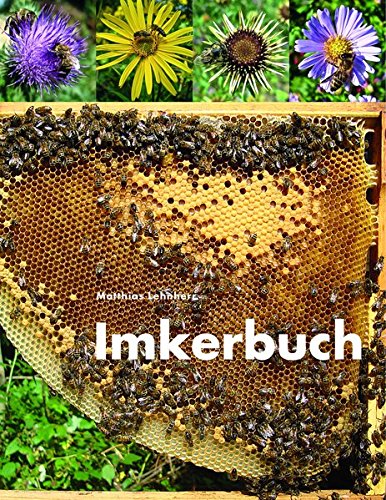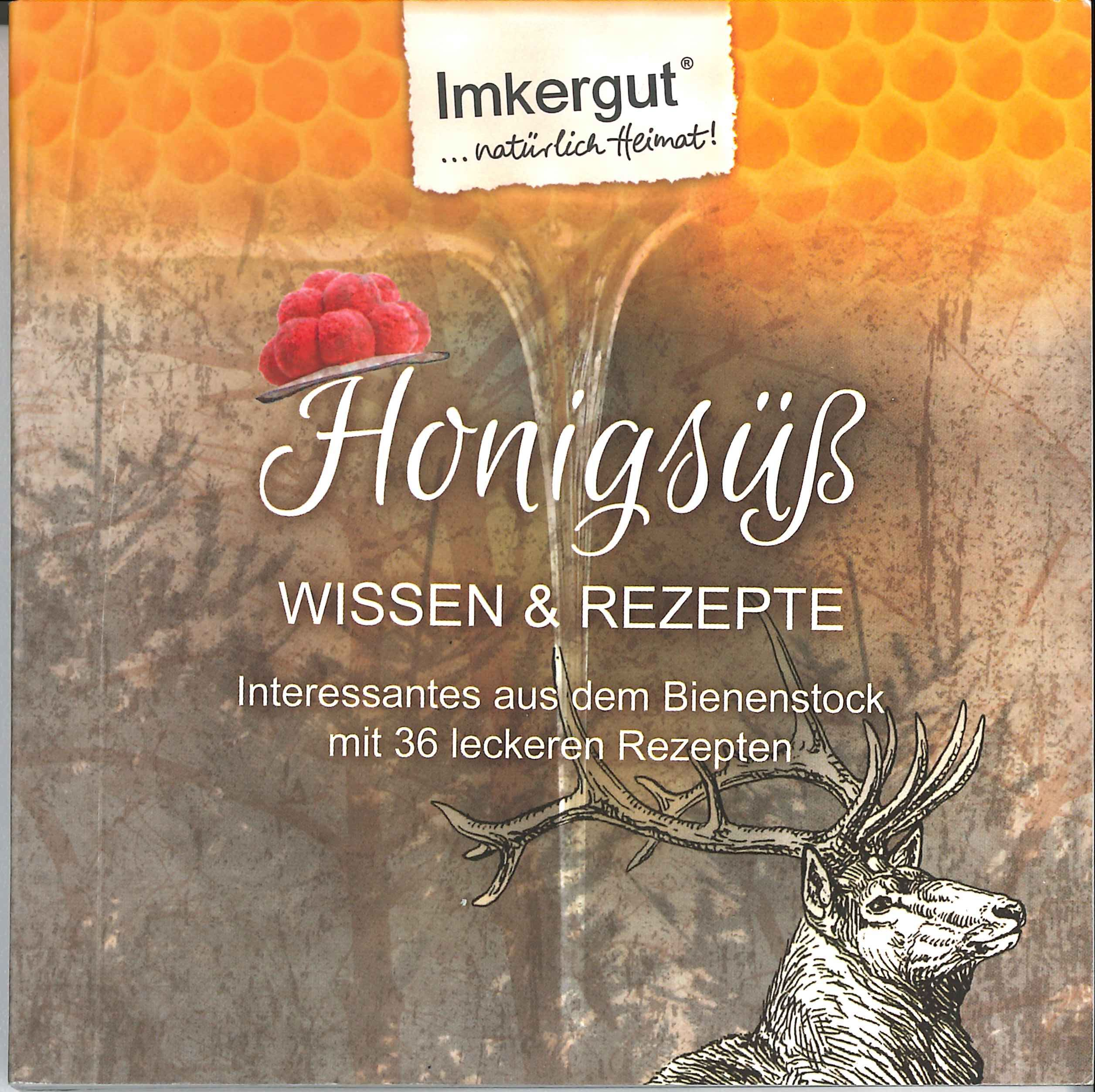Yue Ding, Mingjuan Xu, Qun Lu, Ping Wei, Jun Tanb, Rui Liu (2019): Combination of honey with metformin enhances glucose metabolism and ameliorates hepatic and nephritic dysfunction in STZ-induced diabetic mice
| Titel |
Combination of honey with metformin enhances glucose metabolism and ameliorates hepatic and nephritic dysfunction in STZ-induced diabetic mice |
| Jahr |
2019 |
| Author |
Yue Ding, Mingjuan Xu, Qun Lu, Ping Wei, Jun Tanb, Rui Liu |
|
|
| Abstract |
Honey is a natural sweetener that contains a large amount of monosaccharides such as glucose and fructose, as well as small amounts of disaccharides and trisaccharides such as sucrose and pine trisaccharides. In addition to carbohydrates, honey also contains vitamins, minerals, enzymes, amino acids, and polyphenols including phenolic acids and flavonoids. The polyphenols in honey have been proved to have great antioxidant activity, besides inhibiting α-glycosidase activity and improving blood-lipid metabolism. However, whether it is safe for diabetic patients to consume honey remains controversial. This study investigated the effects of honey, metformin and their combination on the characteristic pathological changes and glucose metabolism in STZ-induced diabetic mice over five weeks. Our results showed that honey and its combination with metformin could prevent hyperglycemia, stimulate insulin secretion, reduce liver fat accumulation, attenuate liver injury and kidney damage in STZ-induced diabetic mice. Moreover, treatment with honey or combination of honey and metformin significantly enhanced glucokinase (GK) activity (p < 0.05), and meanwhile suppressed the activities of glucose-6-phosphatase (G6Pase), phosphoenolpyruvate carboxykinase (PEPCK), pyruvate carboxylase (PC) and pyruvate dehydrogenase kinases (PDK) (p < 0.05) in diabetic mice. |
|
|
|
|
|
|
| DOI |
http://dx.doi.org/10.1039/C9FO01575B |
| Published by |
PLOS|ONE |
| Keywords |
|
 Lehnherr, Mathias (8. Aufl. 2017) [1992]: Imkerbuch
Lehnherr, Mathias (8. Aufl. 2017) [1992]: Imkerbuch


 Honigsüss Wissen & Rezepte - Die Bienen - Der Honig - Der Genuss
Honigsüss Wissen & Rezepte - Die Bienen - Der Honig - Der Genuss Mraz, Charles (2019): Bienen für unsere Gesundheit
Mraz, Charles (2019): Bienen für unsere Gesundheit